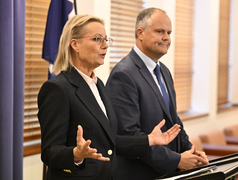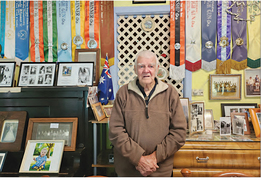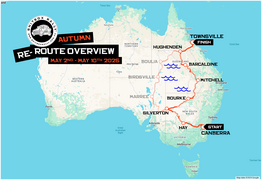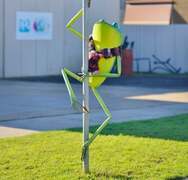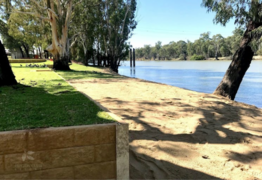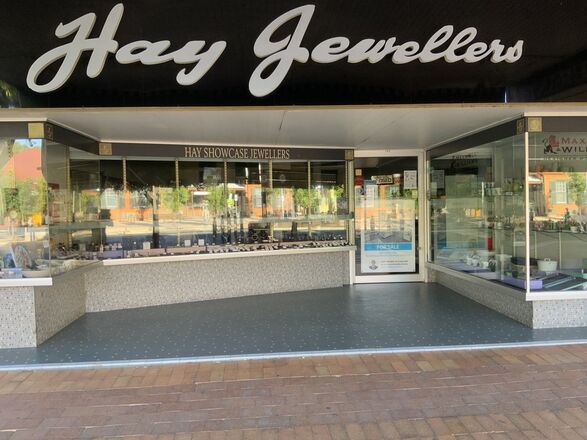Screen time and ensuring quality
Kimberly Grabham
15 May 2025, 11:00 PM
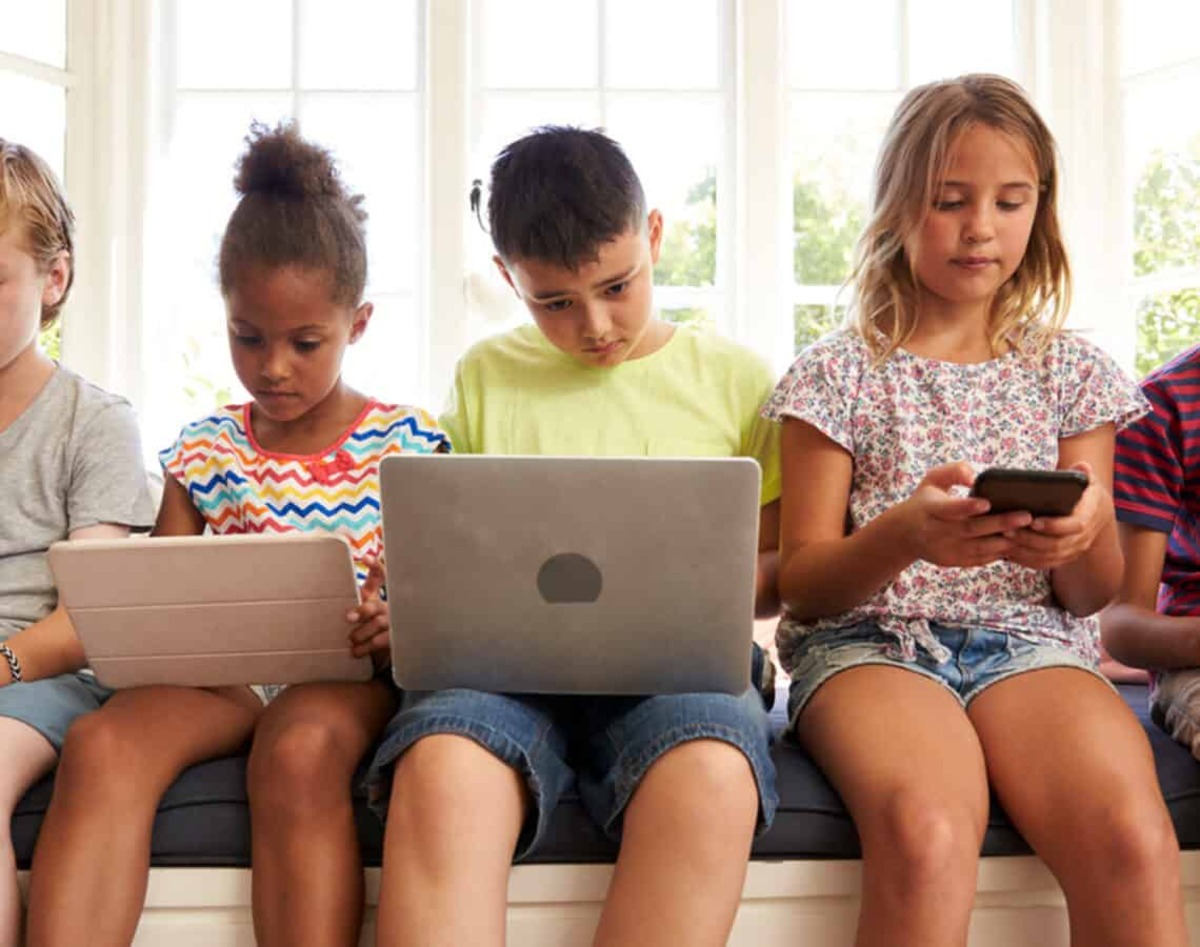
Navigating the digital world with children is a hot topic for many parents, and perhaps the most common concern revolves around just how much screen time kids are getting.
Frankly, if I could wave a magic wand, I'd shift the conversation entirely.
Instead of fixating on the amount of screen time, we should be talking about the quality of screen engagement.
Yes, there are guidelines – both here in Australia and internationally – that set limits based on age.
For instance, the recommendation for two- to five-year-olds in Australia is no more than one hour a day, and for five- to 17-year-olds, it's typically two hours of sedentary screen use daily, not counting schoolwork.
However, many Australian parents find these time-based rules incredibly hard to stick to.
In fact, surveys show that excessive screen time is a top health worry for parents, with the vast majority seeing it as a significant issue.
But focusing solely on the clock feels increasingly out of step with reality.
This time approach only tells us about quantity; it completely ignores what children are actually watching or doing, and how they are engaging with it.
This isn't an argument for letting kids watch screens all day – absolutely not! – but it is a call to redirect our attention to what content is being consumed and the way children are interacting with it.
The early years are fundamental, deeply influencing long-term health and well-being.
Vital activities like play and physical activity are crucial for healthy development.
Therefore, any screen use should rightly be just one part of a child's broader life.
Think about the sheer variety of ways screens are used in homes every single day.
One child might catch a brief, dramatic fight scene while a sibling watches something.
Both parents and researchers group anything with a screen together and call it screen time, but there are so many different screens used for so many different reasons.
The good news is that researchers are actively looking at how children can best use screens in our increasingly digital world.
And crucially, our everyday conversations need to move beyond rigid, inflexible rules that often just end up making parents feel guilty.
So, what does quality screen use actually look like? There are two main strategies that stand out.
The first key approach is to actively engage with what your child is watching or playing.
The idea here is to use the time children spend with screens, whether it's watching TV or playing a game, as an opportunity for conversation, boosting language skills, and improving comprehension.
You can ask them questions afterwards, like "What were you noticing in that show?" or "Which parts did you really like?".
This shared experience is also a perfect moment to gently discuss family values if something on screen doesn't quite align – for instance, pointing out that talking problems through is usually better than fighting.
It also helps children start thinking critically about the media they consume.
The second vital strategy is to make thoughtful choices about the content your children watch.
This gives parents the power to select material that not only aligns with their family's values but also supports learning and growth.
Not every single show has to be overtly educational, but there are plenty of programs and games out there that can genuinely help kids develop skills.
Certain shows can spark an early interest in numbers, encourage physical movement, build emotional resilience, help with self-regulation, or introduce concepts like the prehistoric world.
Classic children's programs remain popular for good reason. Similarly, some video games can surprisingly help develop fine motor skills or teach teamwork.
And, of course, it's perfectly fine – just like it is for adults relaxing with their favourite show or movie – for children to watch something purely for enjoyment sometimes.
The fundamental message is that parents and caregivers have the opportunity to make conscious, quality-focused decisions. Instead of just switching on a screen and stepping away, the real value lies in actively engaging with what our children are watching and playing.
NEWS
SPORT
RURAL
COMMUNITY
VISIT HAY
VISIT BALRANALD
VISIT OUTBACK NSW
MEETINGS
EVENTS
LOCAL WEATHER
FOR SALE
COMMERCIAL PROPERTY

